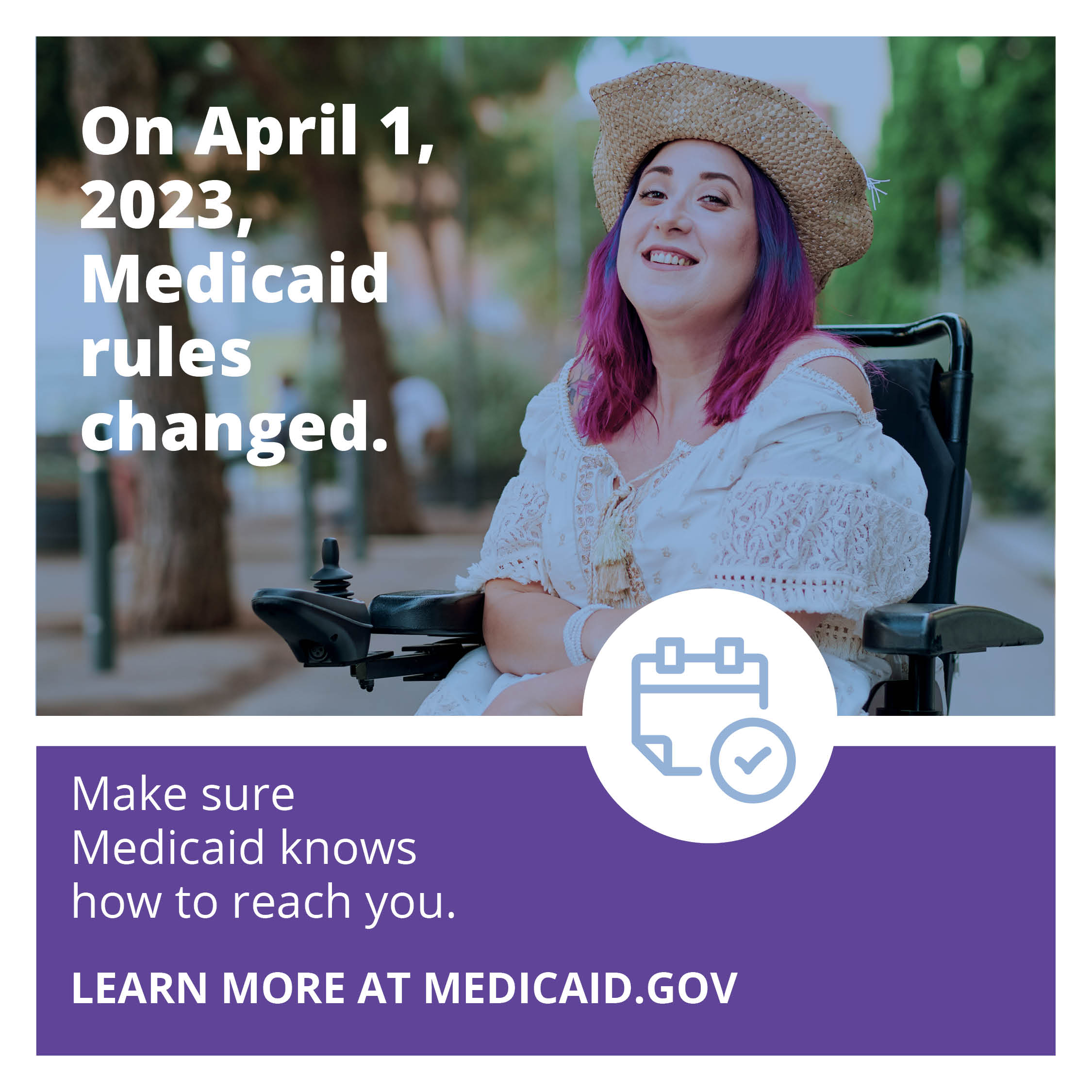MEDICAID UNWINDING WEBINAR ARCHIVE AVAILABLE
Throughout the summer, we are publishing the NDNRC Update on a biweekly basis.
On Thursday, May 25, 2023, we hosted a webinar entitled “Medicaid Unwinding: What Advocates Need to Know.” That webinar has now been archived on our YouTube page.
As the unwinding of the Medicaid continues, many enrollees are facing disenrollment from the program. These issues have been highlighted by a Kaiser Family Foundation Survey of Health Insurance Consumers and found that most Medicaid enrollees were not aware of their states conducting disenrollment. To learn more about this survey or for a link to it, check out our news item.
In response to the Kaiser survey, the Georgetown Center for Children and Families has a new blog post which highlights the importance of outreach to Medicaid beneficiaries and what some states are doing to conduct this outreach.
The CBO recently did an analysis of the Medicaid unwinding and what it could mean for those losing coverage. A new blog post from the Georgetown University Center for Children and Families highlights these findings which include the fact that CBO estimates 6.2 million people will lose coverage as a result of the Medicaid unwinding and will remain uninsured.
More Medicaid unwinding data has been released from the Kaiser Family Foundation, with 11 states reporting an average Medicaid disenrollment rate of 24%; this means that at least 512,616 enrollees have lost coverage in these states. A majority of these disenrollments have been terminated due to procedural reasons which occur when the state cannot verify an enrollee’s eligibility (no up-to-date contact information, household income, or disability status).
As part of our partnership with Community Catalyst, we have a project which highlights opportunities for people with disabilities to get access to health coverage through Medicaid or the ACA marketplace. As part of this project, they have graphics like the one below which highlight the Medicaid unwinding. These are available in the Community Catalyst Outreach Hub and on the Organizing for Outreach materials page.
As state Medicaid agencies conduct the redetermination process during the unwinding, state-based marketplaces are working with Medicaid agencies to make sure that enrollees are informed and retain coverage. According to a brief from the National Academy for State Health Policy, initiatives like communication strategies, partner collaboration, maintain navigating workforce, and simplifying coverage transitions.
The Centers for Medicare and Medicaid Services released the latest enrollment figures as of February 2023. Over 86.1 million people use Medicaid to ensure that they have healthcare coverage. With the Medicaid unwinding, many enrollees will lose coverage through the redetermination process if they do not follow the re-enrollment process.
Unwinding the Medicaid continuous coverage requirement has begun in many states, and in some states, people may have started losing their Medicaid eligibility. Over the last couple months we have been updating our “Medicaid Unwinding Resources” blog post which has links to various resources including our Medicaid unwinding flyer and recent additions like the Kaiser survey referenced above.
Previously, we reported on the recent court case which invalidated portions of the ACA related to coverage of preventive services. That case is on appeal and the appeals court has blocked any enforcement of the lower court’s ruling. The Georgetown Center on Health Insurance Reforms has a recent blog post which examines what states can do to respond if the lower court’s ruling were to be upheld.
Last month, we reported on the National Coverage Determination which CMS finalized determining that Medicare will now cover seat elevation systems for power wheelchairs. AAHD is part of the ITEM Coalition which had been advocating for this change for many years and the ITEM Coalition recently sent a letter of thanks to CMS for the decision. To read that letter, check out our AAHD policy update.
Archives of our weekly updates are available on the NDNRC website.

